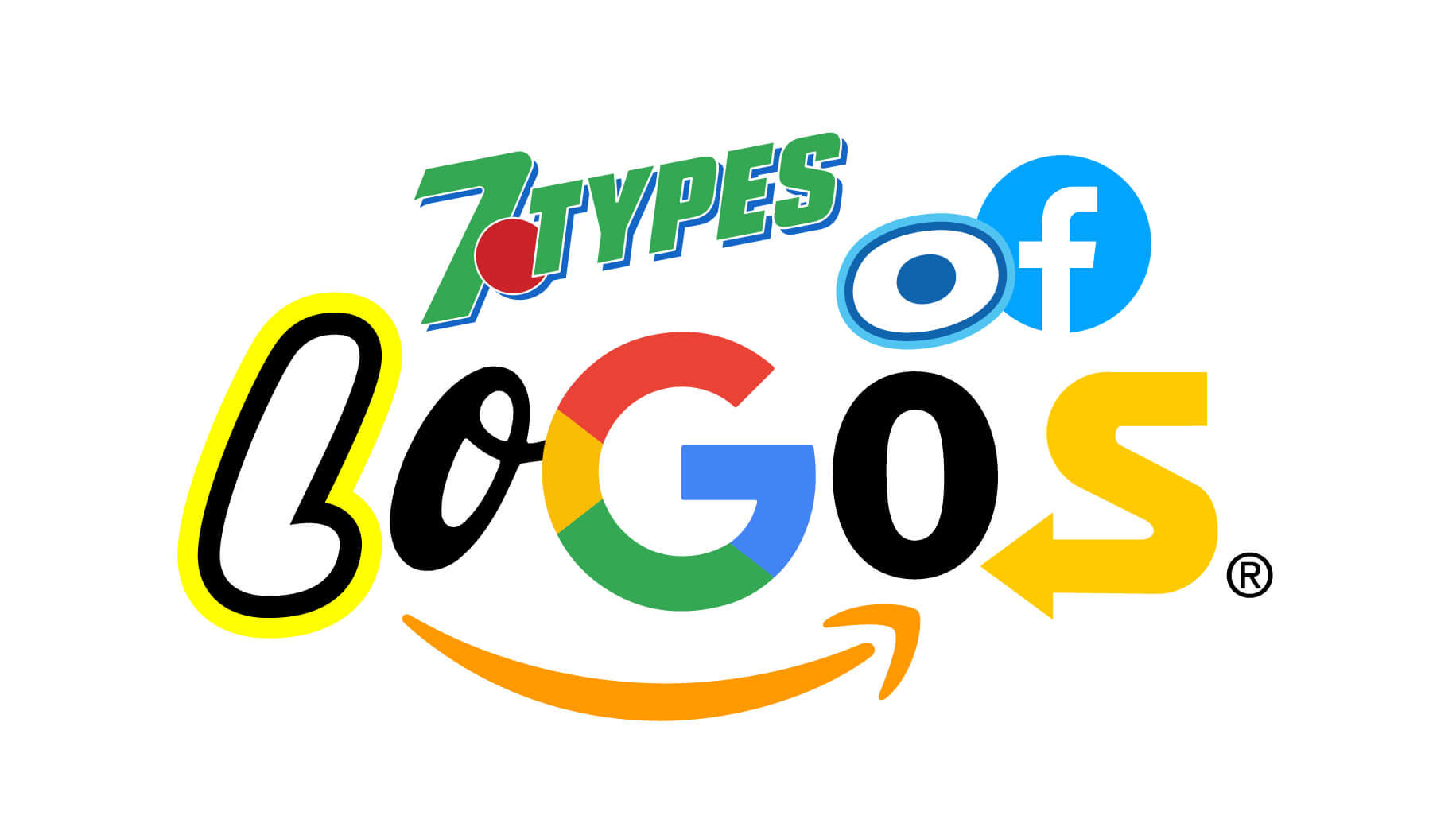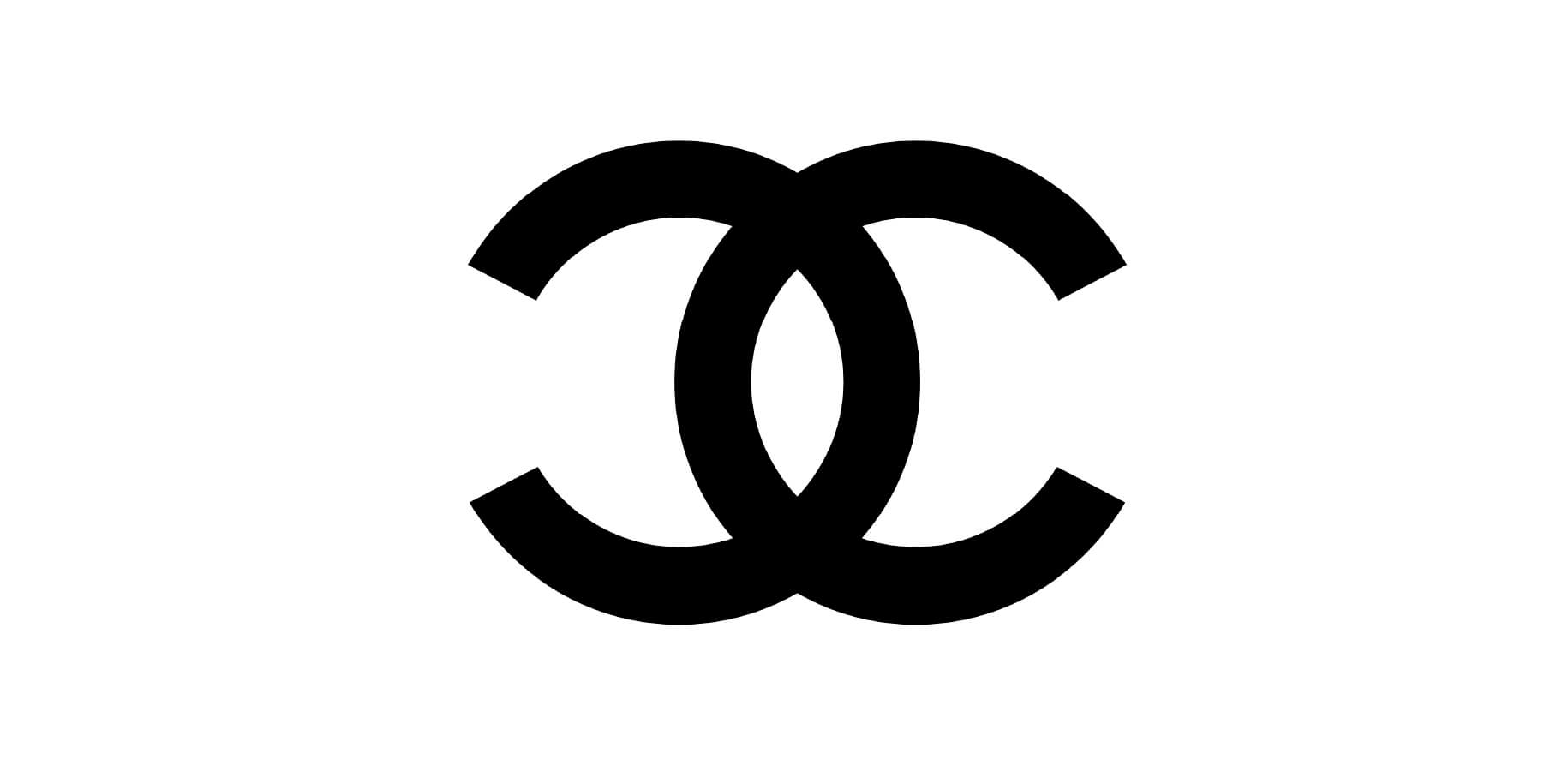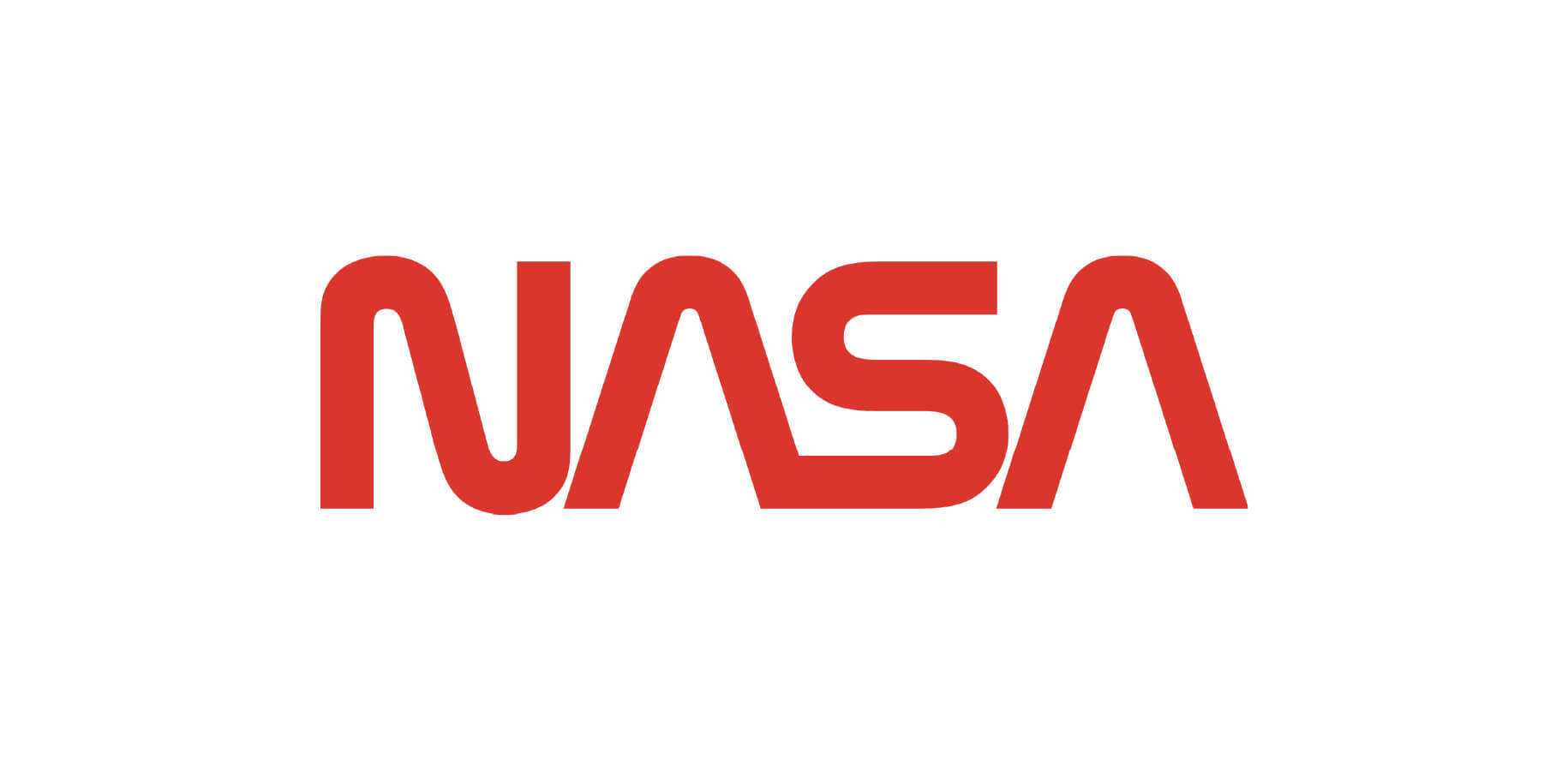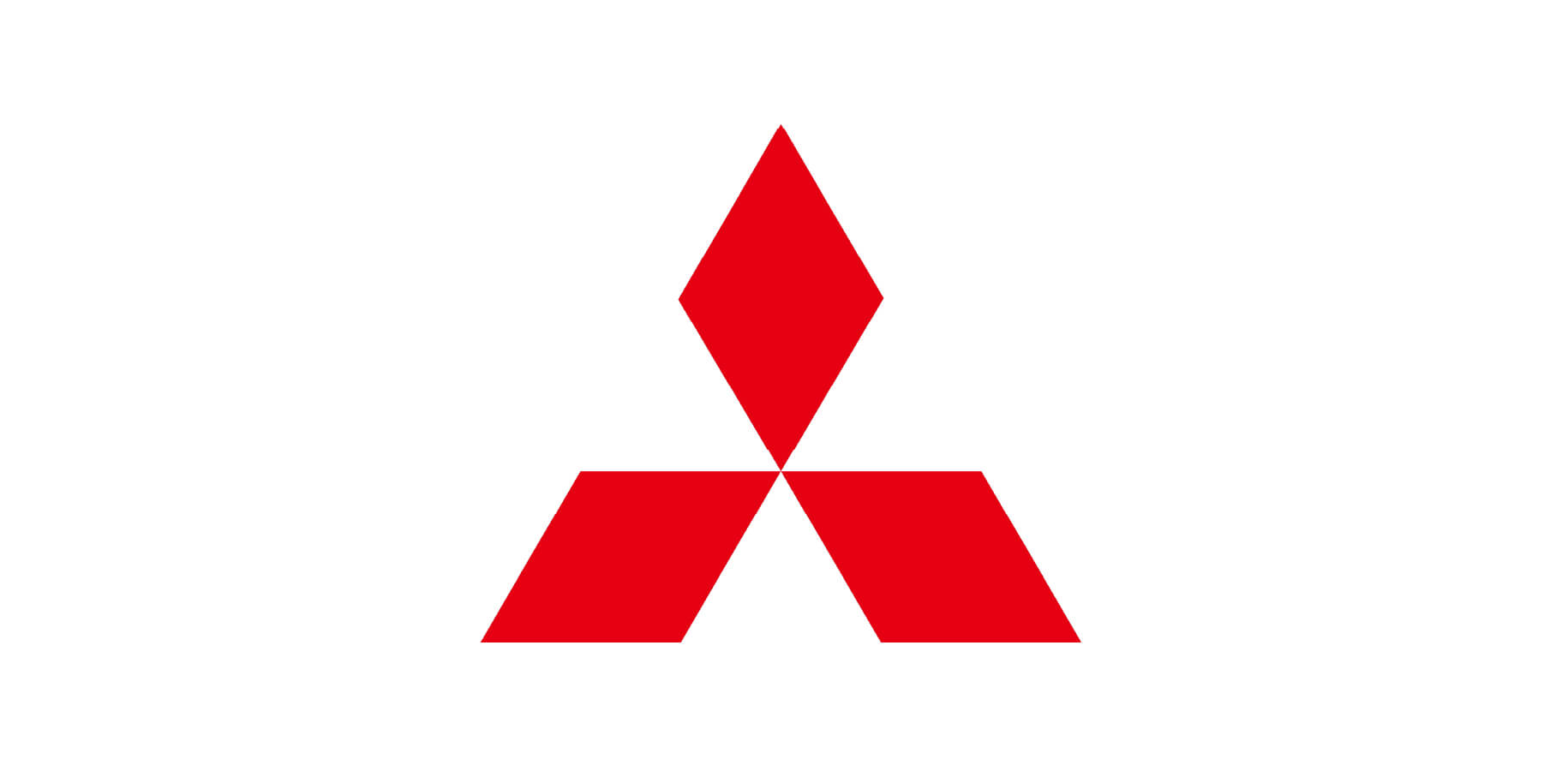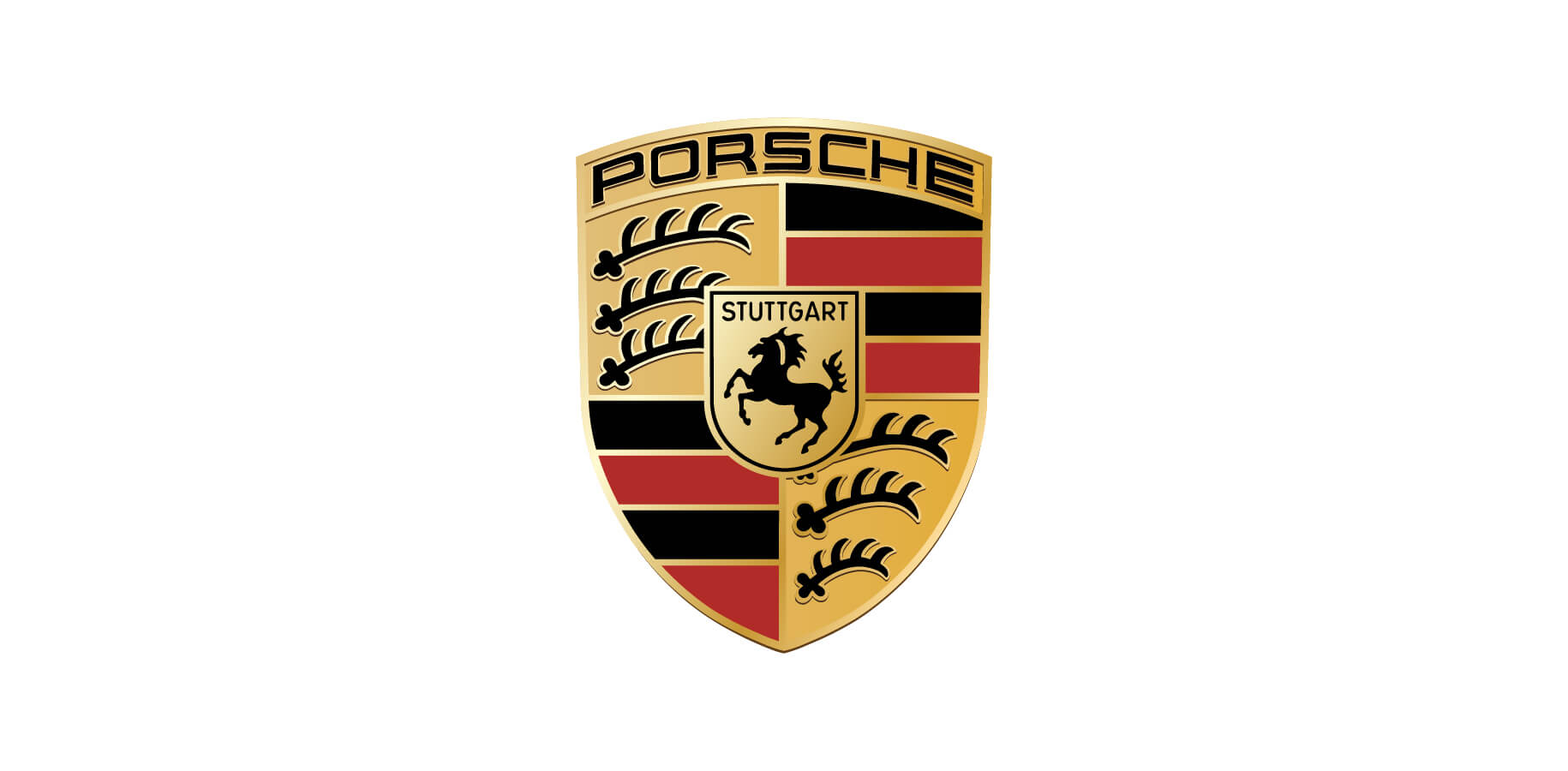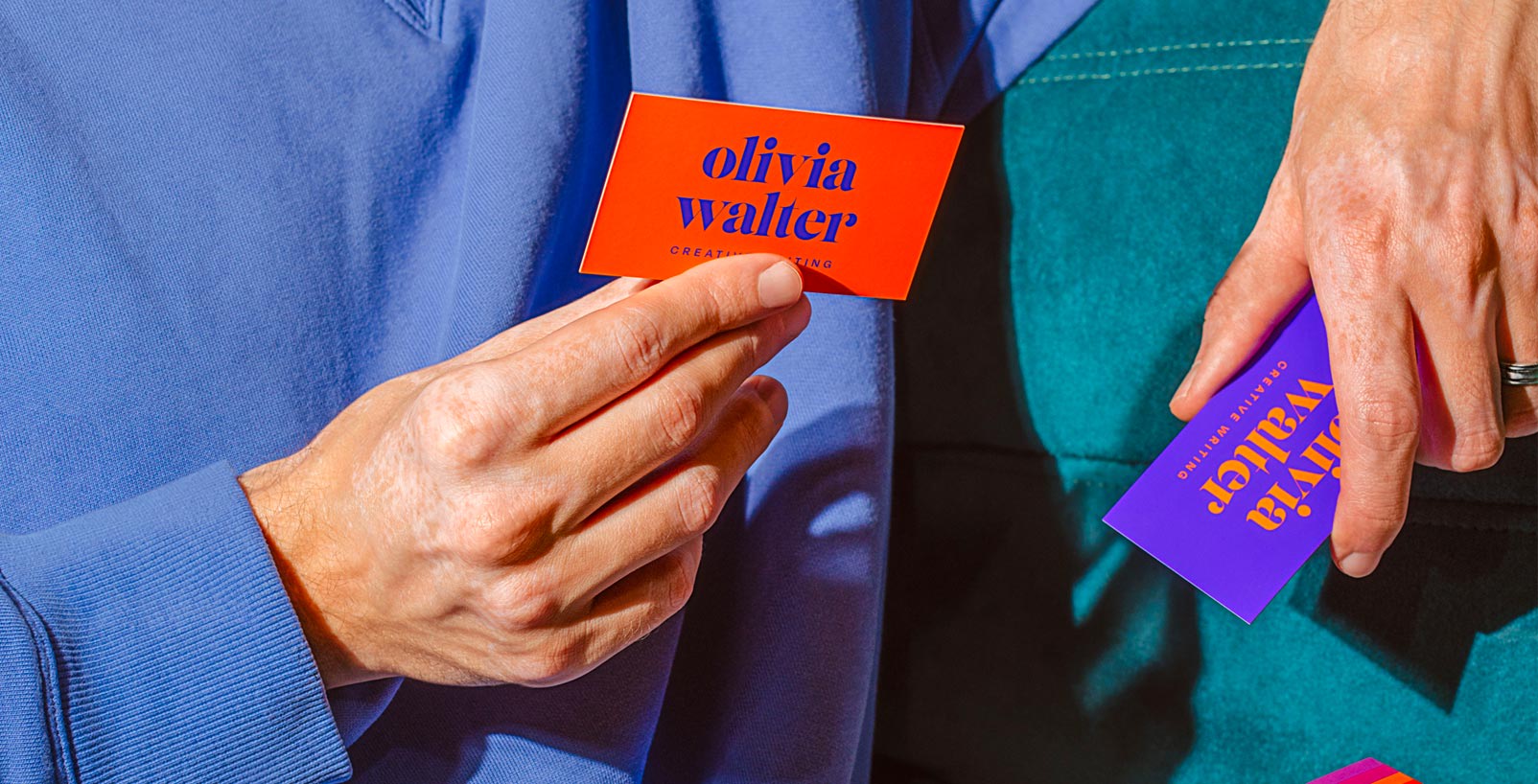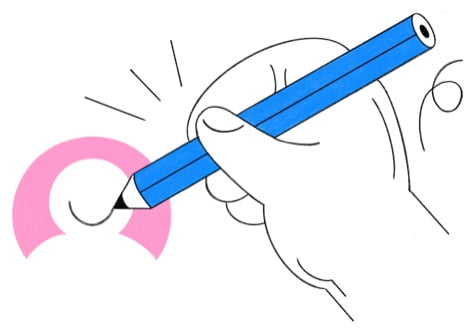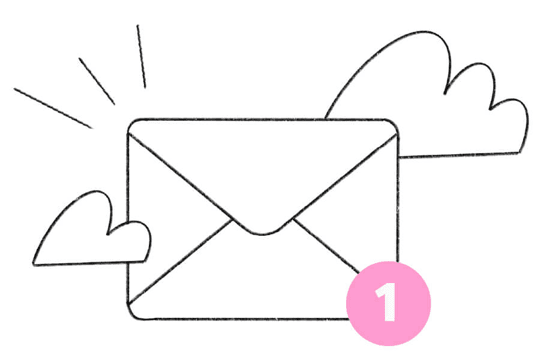Logos, we’re seeing them all day, every day and when you’re paying attention to it you’ll become aware of the amount of logos you come across every day. With so many different logos and obvious variations in terms of direction and appearance, it can be hard to understand what the actual term of that specific logo is. Is it an Abstract Mark, a Pictorial Mark or maybe something else? To help you out we’ve summed up the 7 main different logo types and what their characteristics are.
The literal meaning of logo, or logotype comes from the Ancient Greek λόγος (lógos) 'word, speech', and τύπος (túpos) 'mark, imprint'). Which is a graphic mark, emblem, or symbol used to aid and promote public identification and recognition. It may be of an abstract or figurative design or include the text of the name it represents as in a wordmark.
The first ever logo to be trademarked was the red triangle mark for Bass, a UK based beer brand. Since then a countless amount of logos have been made and designers started to move boundaries and keep innovating in terms of shape, style and overall appearance. Because a shoe brand doesn’t necessarily need to have a shoe being displayed in their logo.
To keep track of these different types of logos to have some designer trivia up your sleeves or when you want to make a proper briefing for a new design project, we summed up the 7 main types of logos together with some visual reference.
“A logo doesn’t sell, it identifies.” - Paul Rand
Wordmark
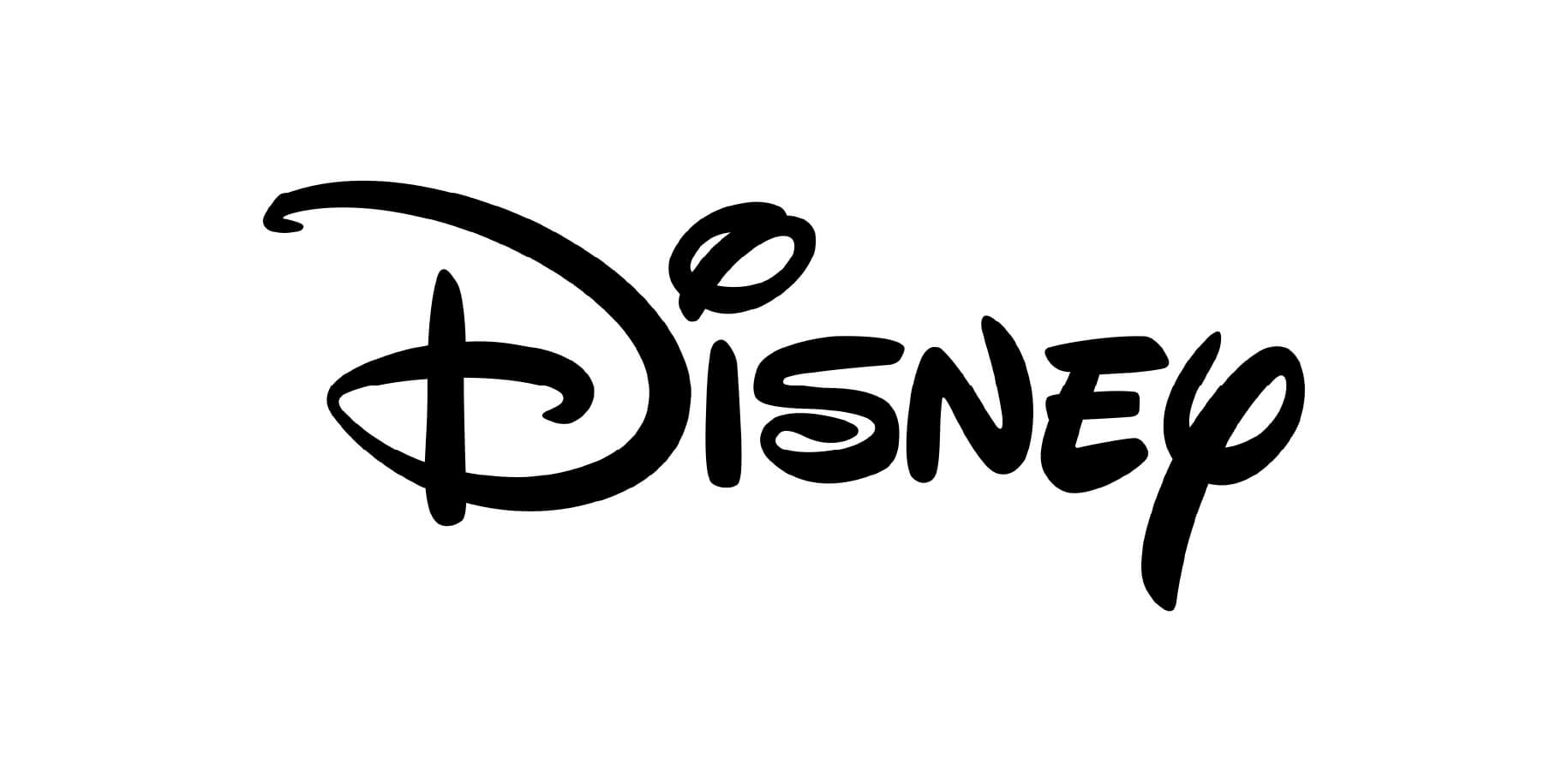
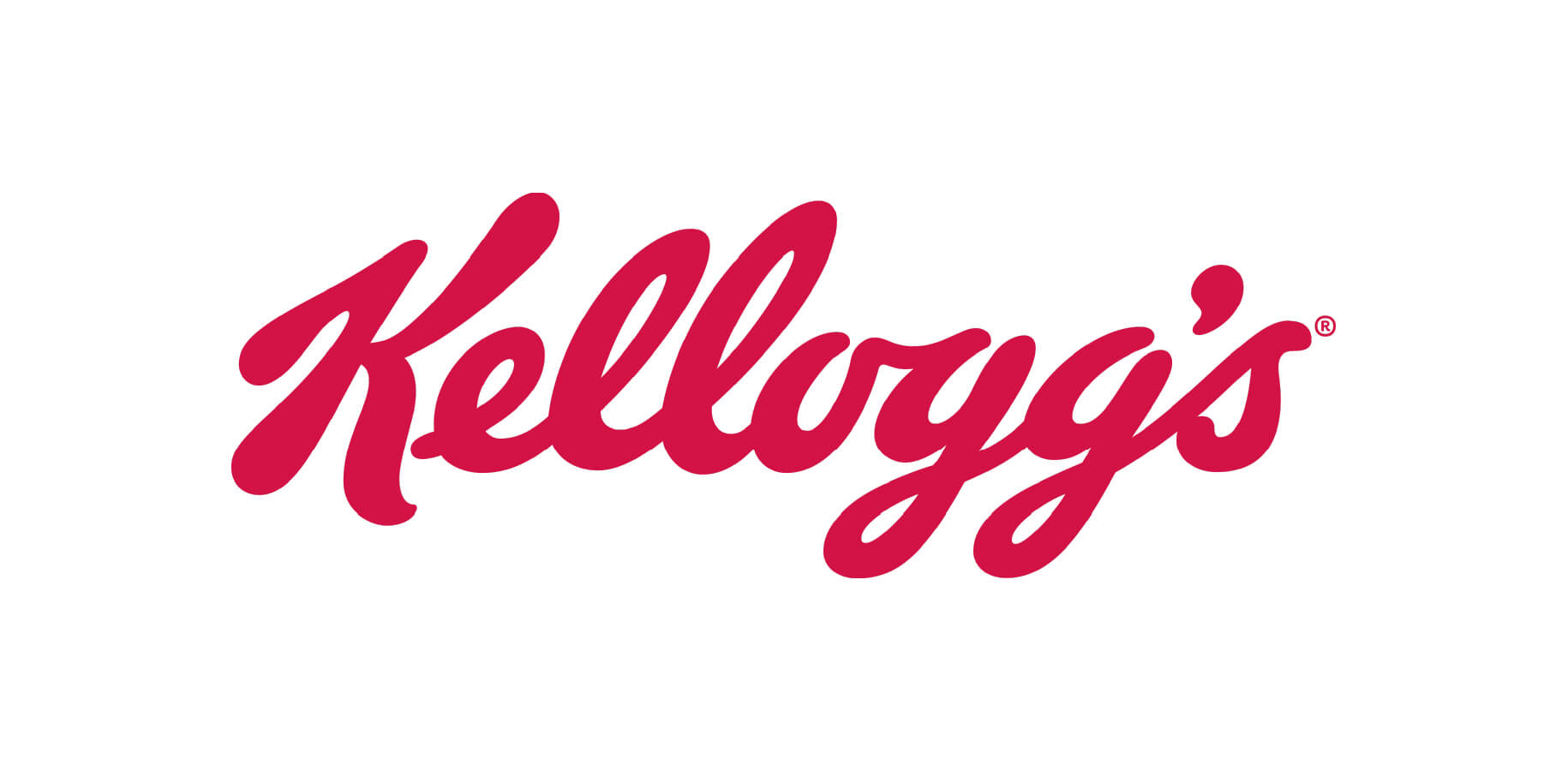
A wordmark (or logotype) is a type based logo that focuses mainly on the company’s name. There could be some extra elements being added in the mix to support the typography but the actual name is still the main point of focus. This works great when a company has a clear and strong brand name.

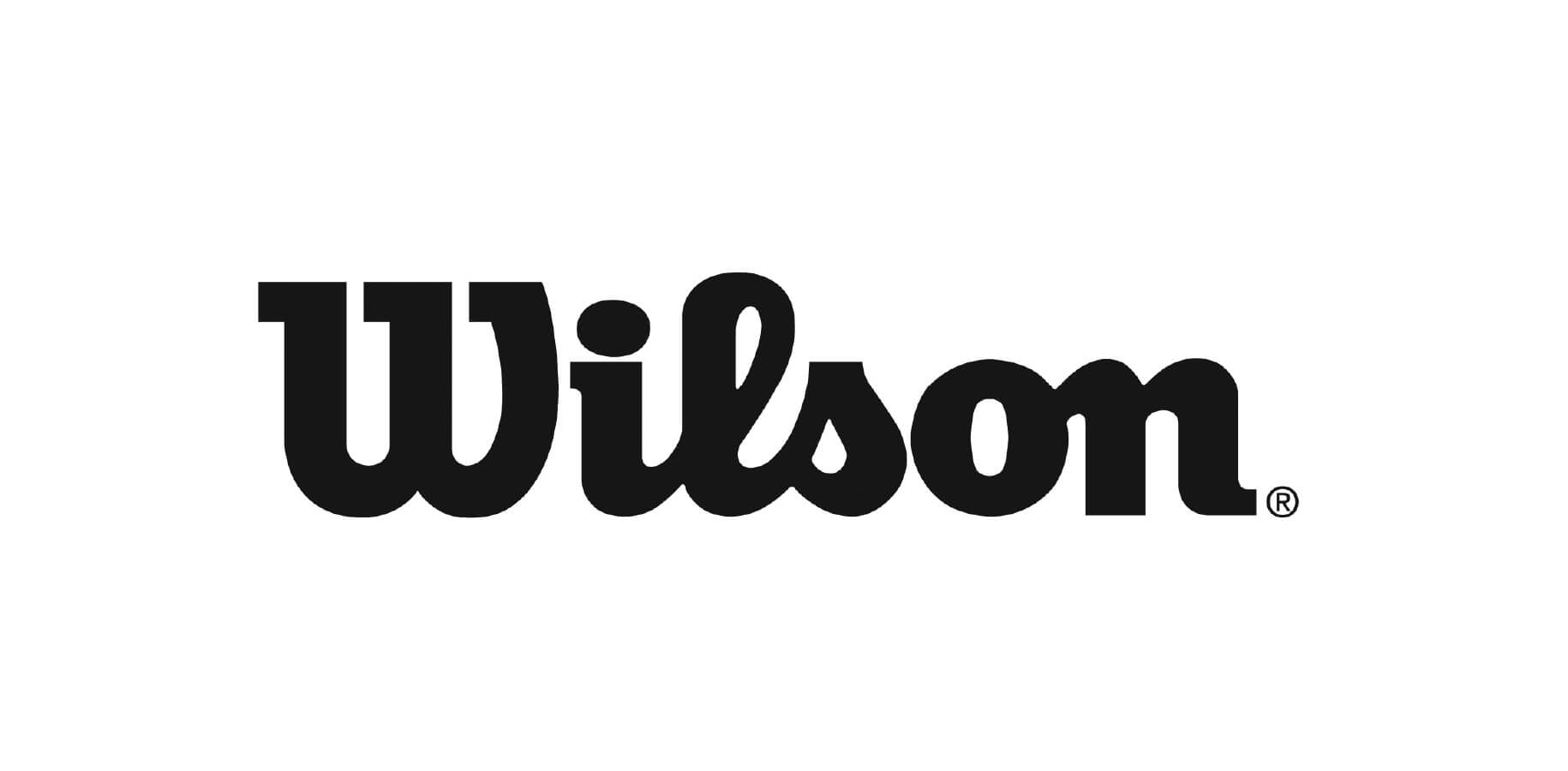
Think of brands like FedEx and 3M, they have an easy name to remember and due to this powerful name the only thing they would need to convey their brand visually is by displaying their company name in a way that resonates with the business. Any additional elements would be a distraction so in that case it’s best to just focus on the brand name.
In short:
- Focus on the brand's name.
- Minimal amount of extra elements.
- Creates strong brand recognition.
Monogram


Monograms, also known as lettermarks, are logos that are made from abbreviations of a full company name. They are being used by brands that either have an actual abbreviation as their brand name like ESPN, CNN, JVC and HP or by using it to simplify their logo like Louis Vuitton, The New York Yankees, Gucci and DC Shoes.
In case they are using an abbreviation for their company name like ESPN, it’s also a way to become more recognizable and have more impact with your branding efforts. Because in the example of ESPN it would be less strong when they wanted to communicate the name ‘Entertainment and Sports Programming Network’ right?


In short:
- Consists of letters.
- Often used by abbreviated brand names.
- Great way to simplify longer names.
- Easier to remember.
Abstract
Abstract logos are designed with abstract, often geometric symbols. Instead of using a recognizable image that resonates with the brand name they’re using a self created visual to make themself stand out more and become more unique. Nike for example could be using some sort of visual that’s connected to the Greek goddess ‘Nike’ but instead they have created their own abstract mark that’s so distinct that it can be protected in a powerful way as well.


Brands like Airbnb, MasterCard, Chase, Audi and Mitsubishi are known for these strong, simple marks that are instantly recognizable for people all over the world. Another great advantage compared to the lengthy or complex logos like Wordmarks and Emblems is that it's much easier to use an Abstract mark on a variety of brand touchpoints on different scales as well. Just these 2 overlapping circles from MasterCard are enough to be recognizable and could be as small as you like but still remain recognizable.
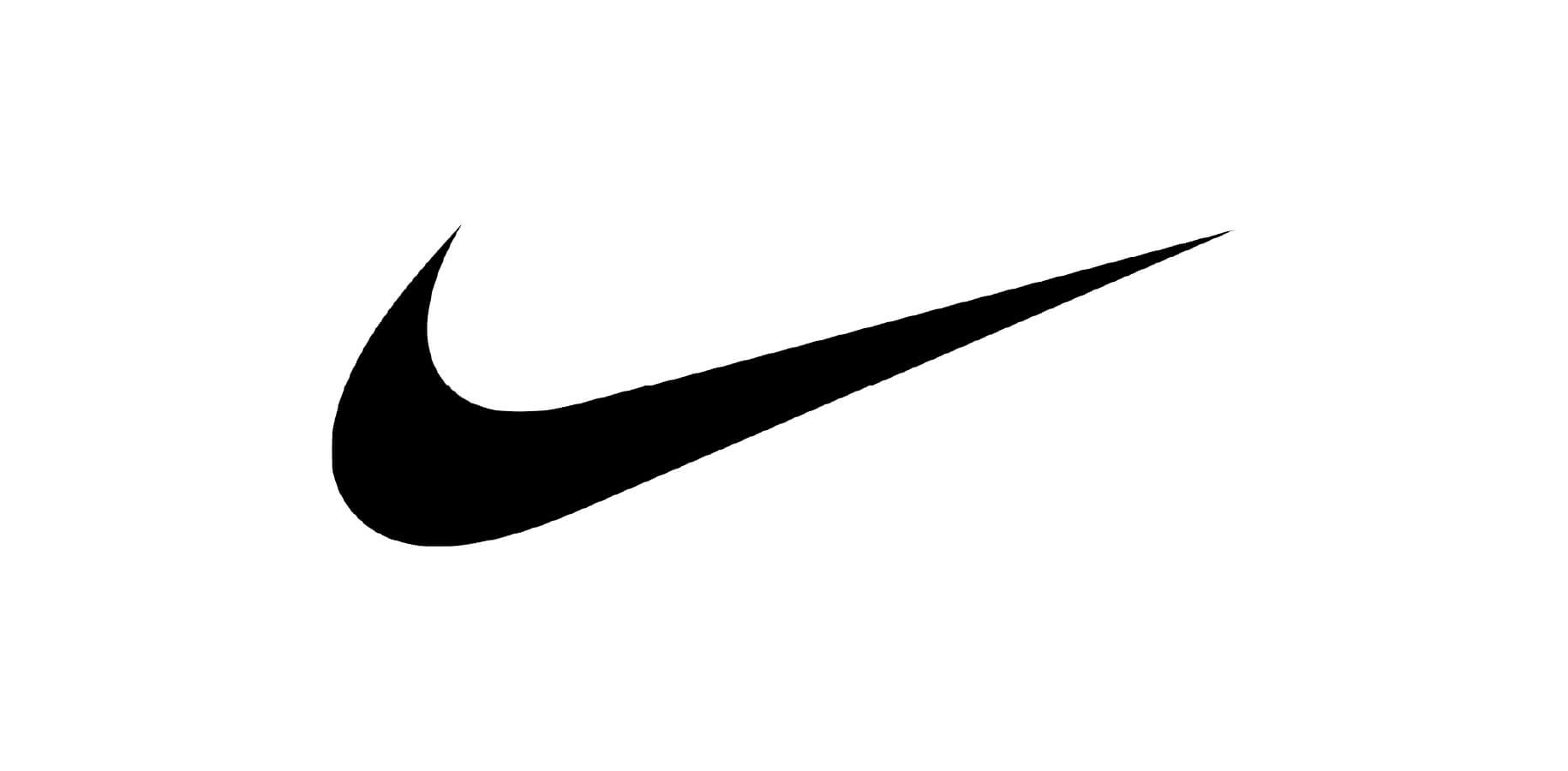

In short:
- Doesn't show the name or business efforts.
- Often a geometric shape that has something on its own.
- Easier to recognize when it’s a simplistic visual.
Pictorial Mark
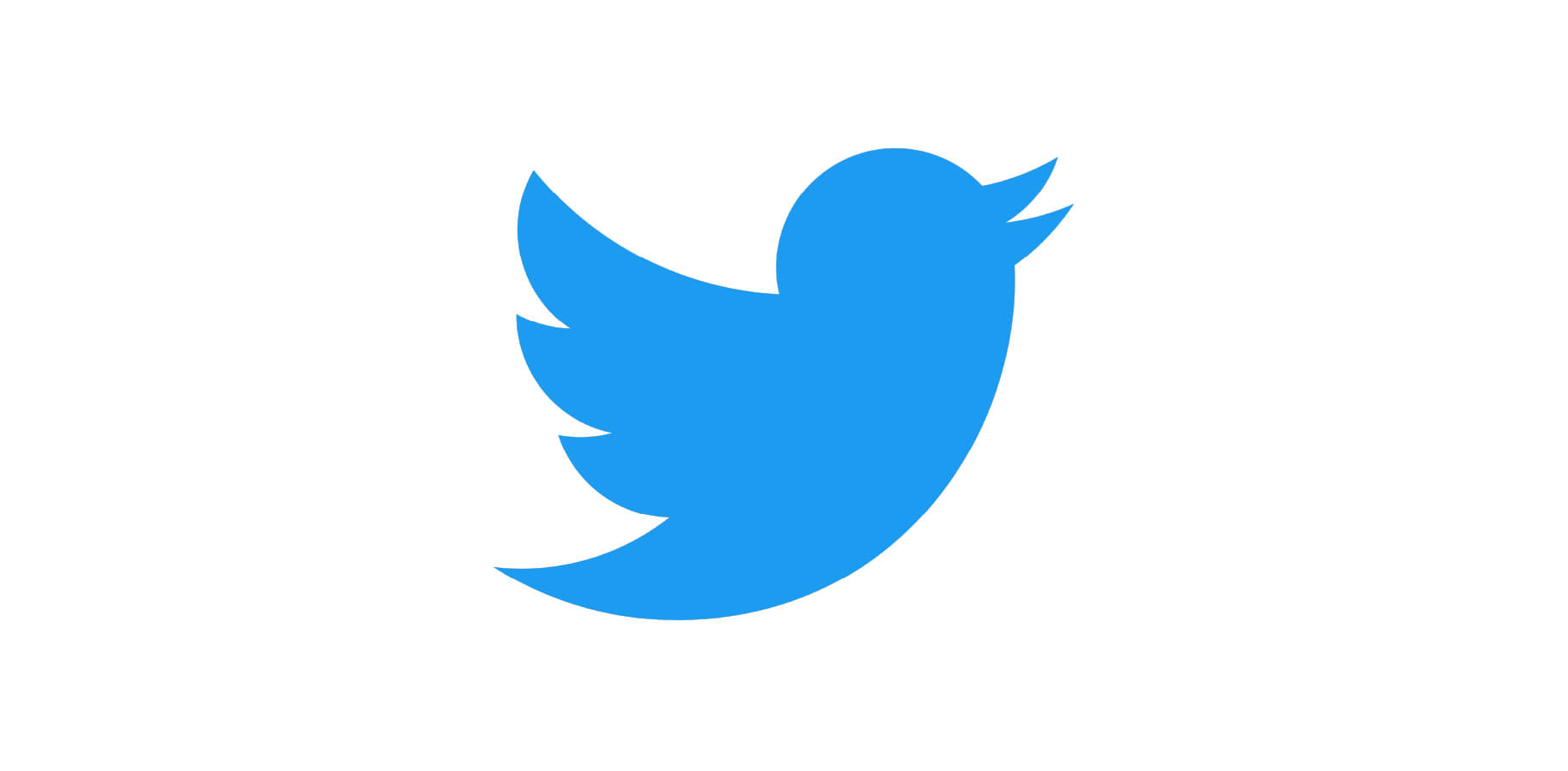

Also known as logo symbols, these types of logos are comparable to Abstract logos with one big difference and that’s the type of visual that’s being used. As we just discussed, an Abstract mark can visualize anything and doesn’t follow any rules in terms of translating the name of the company or their products they’re offering. Pictorial Marks on the other hand are a stylized visualization of either the company name or anything recognizable that makes sense for their business.

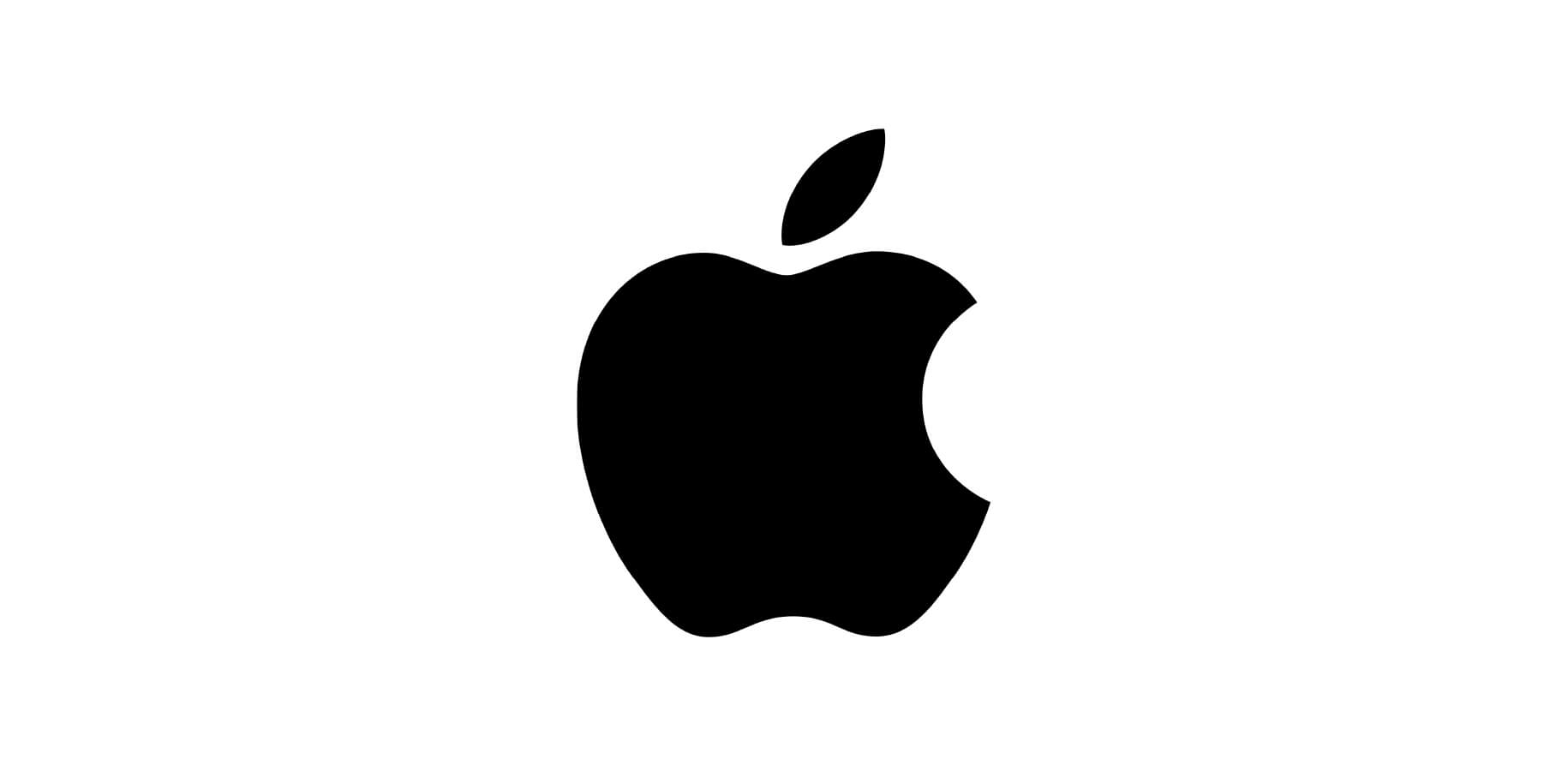
Examples of these marks are Apple, Shell, Domino’s and Dropbox. Each of them translates the actual name of the brand to a visual and makes immediate sense as a visual. What’s left when choosing the right visual for your brand is the choice whether you work from your brand’s name or visualize the main product you’re offering.
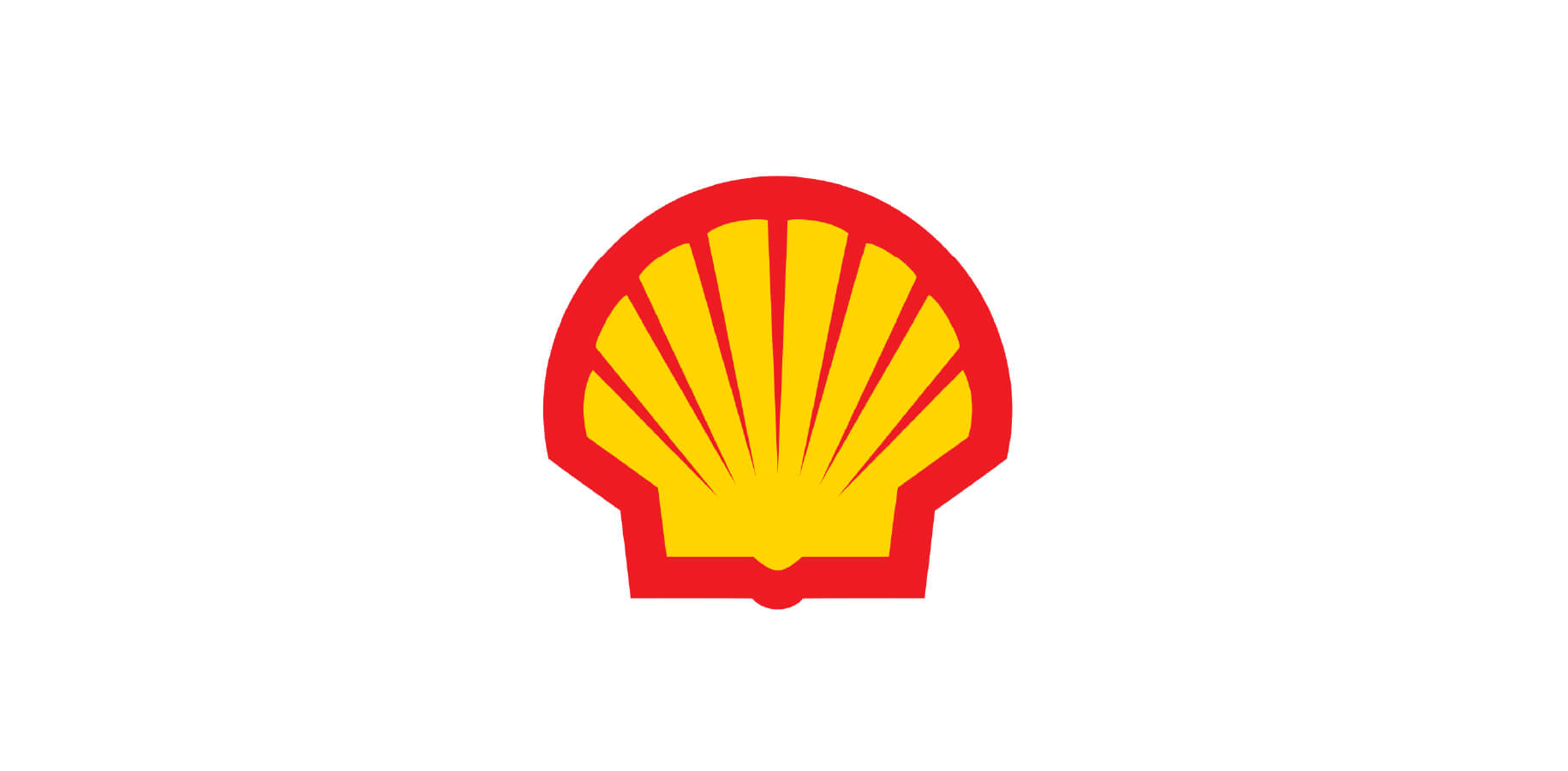
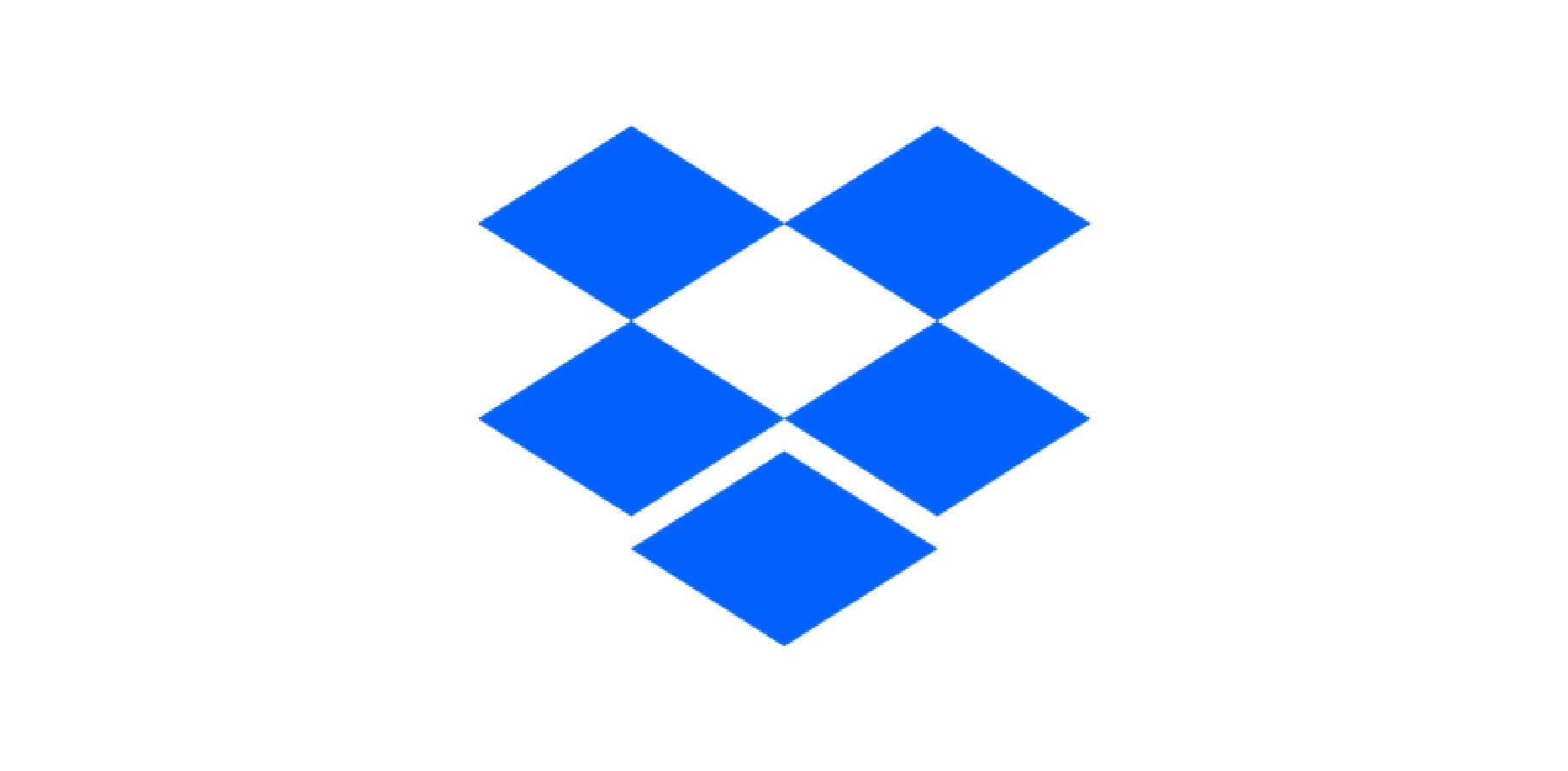
In short:
- Does show the name or business efforts.
- Can be kept minimal and simple while resonating with the brand.
- Great to use due to its simple, icon-like appearance.
Mascot
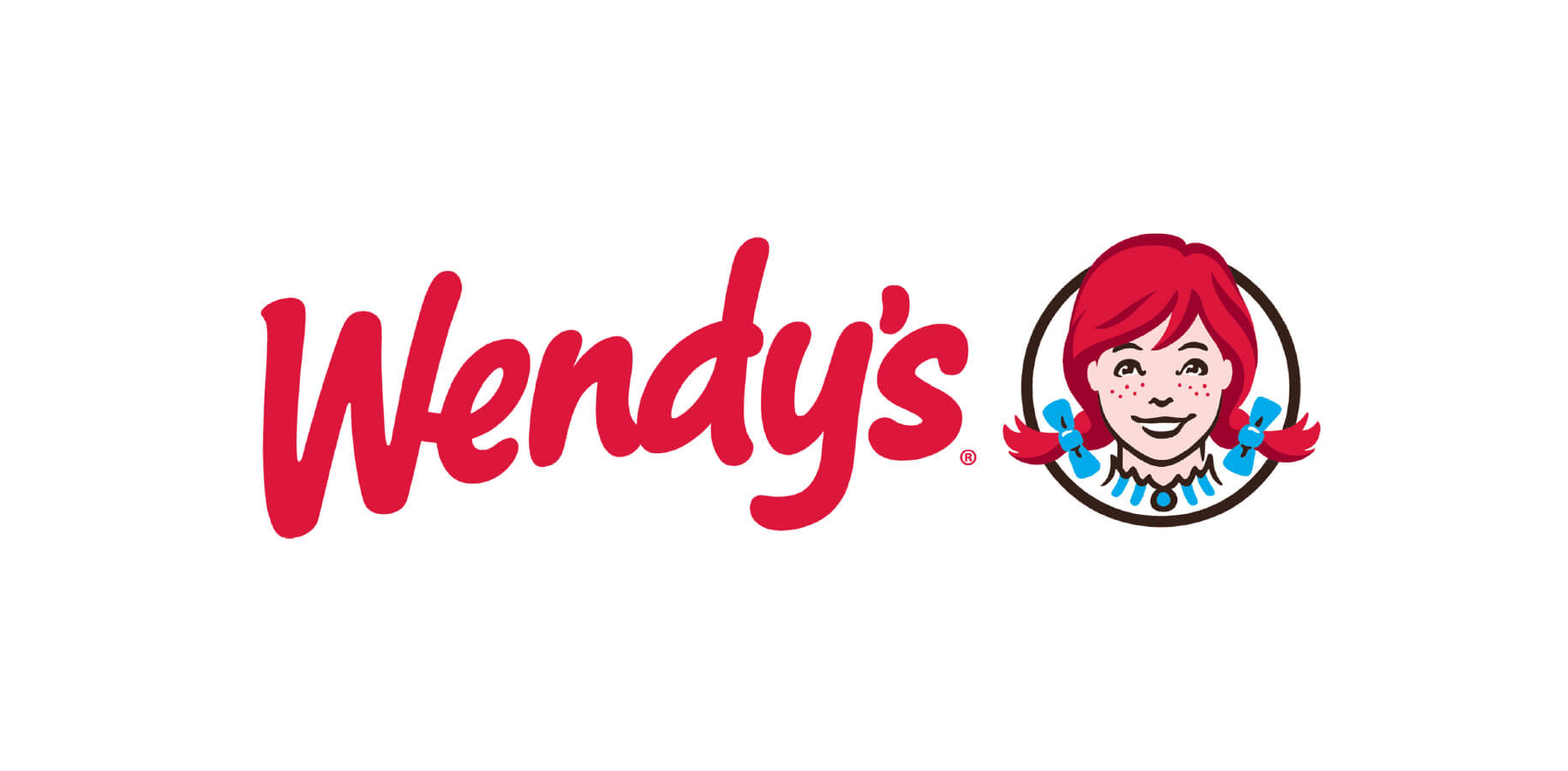
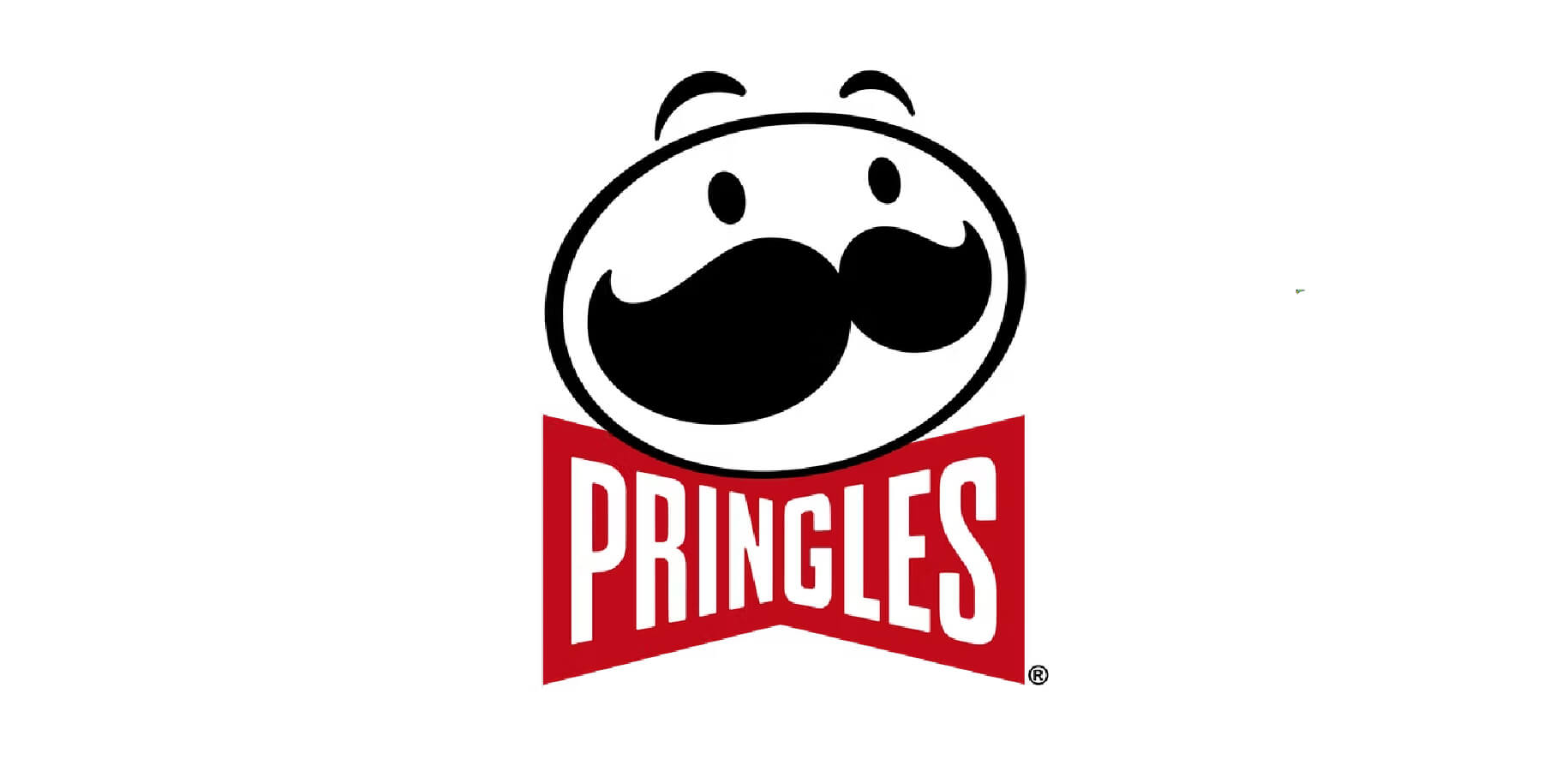
Mascot logos are some sort of ambassadors for your business. Works great for family inclusive brands and are used a lot by companies in Food & Beverage, Entertainment and almost any big Fast Food company. They’re appealing to us humans as a whole but in particular to children.
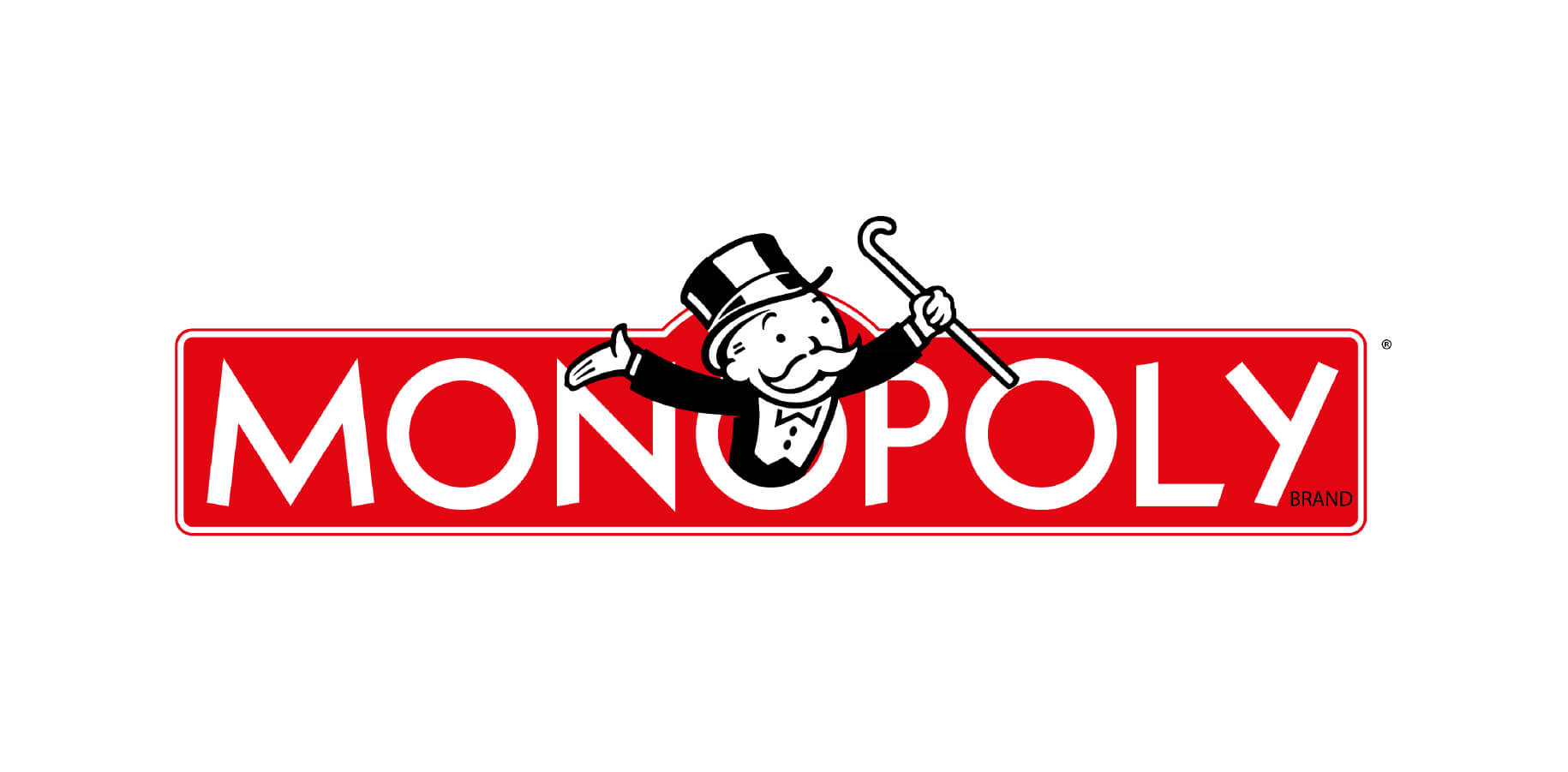
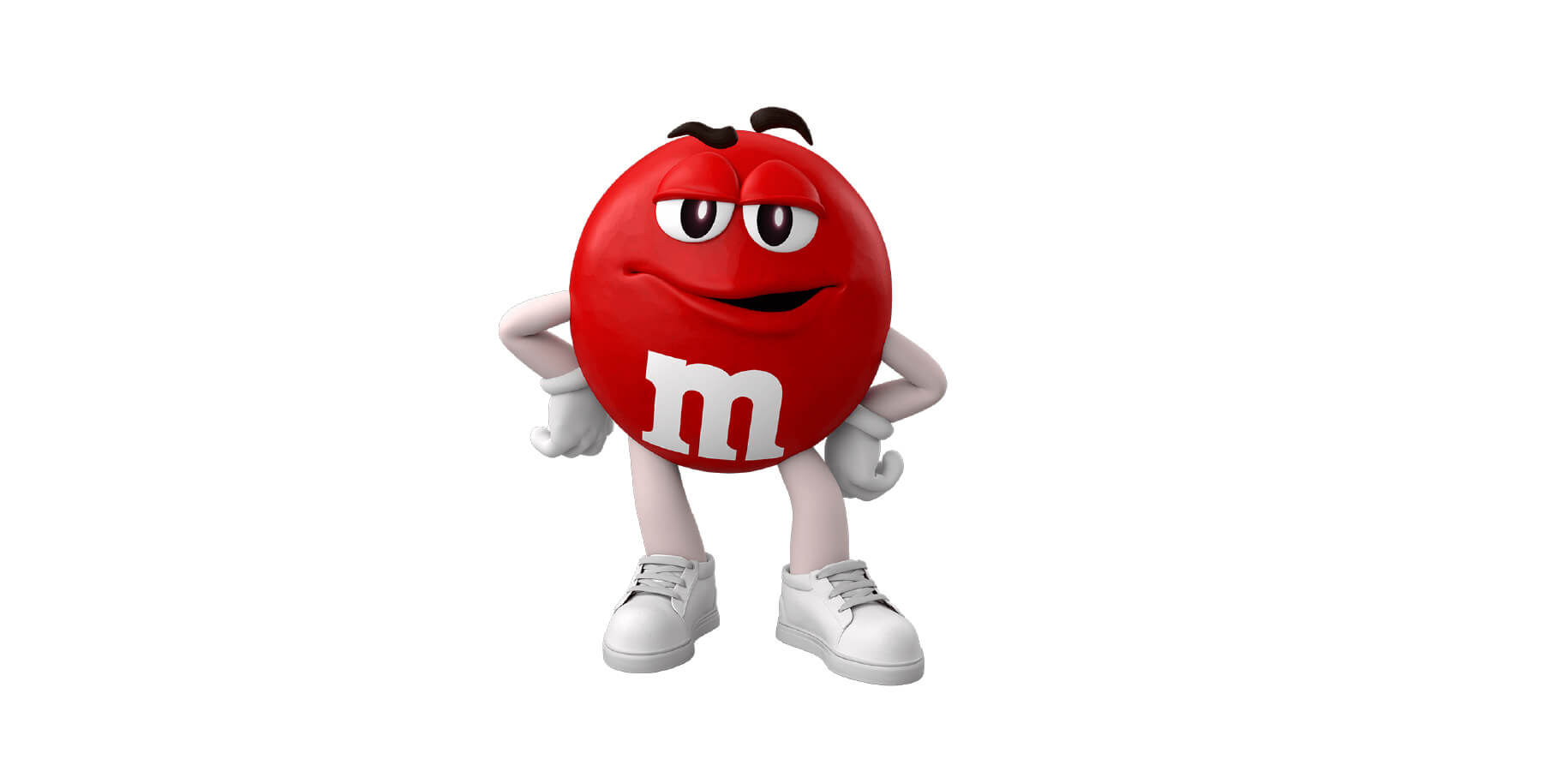
Another big upside of using an illustrative mascot over an actual human being as an endorsement deal with for example a famous musician or athlete is that they won’t grow older. Mr. Peanut hasn’t matured a bit since his first appearance in 1916 so a mascot can really become the face of the company. Well-known brands that have been using this are Michelin, Pringles, Wendy’s, Cheetos, M&M’s, Monopoly and Chiquita.
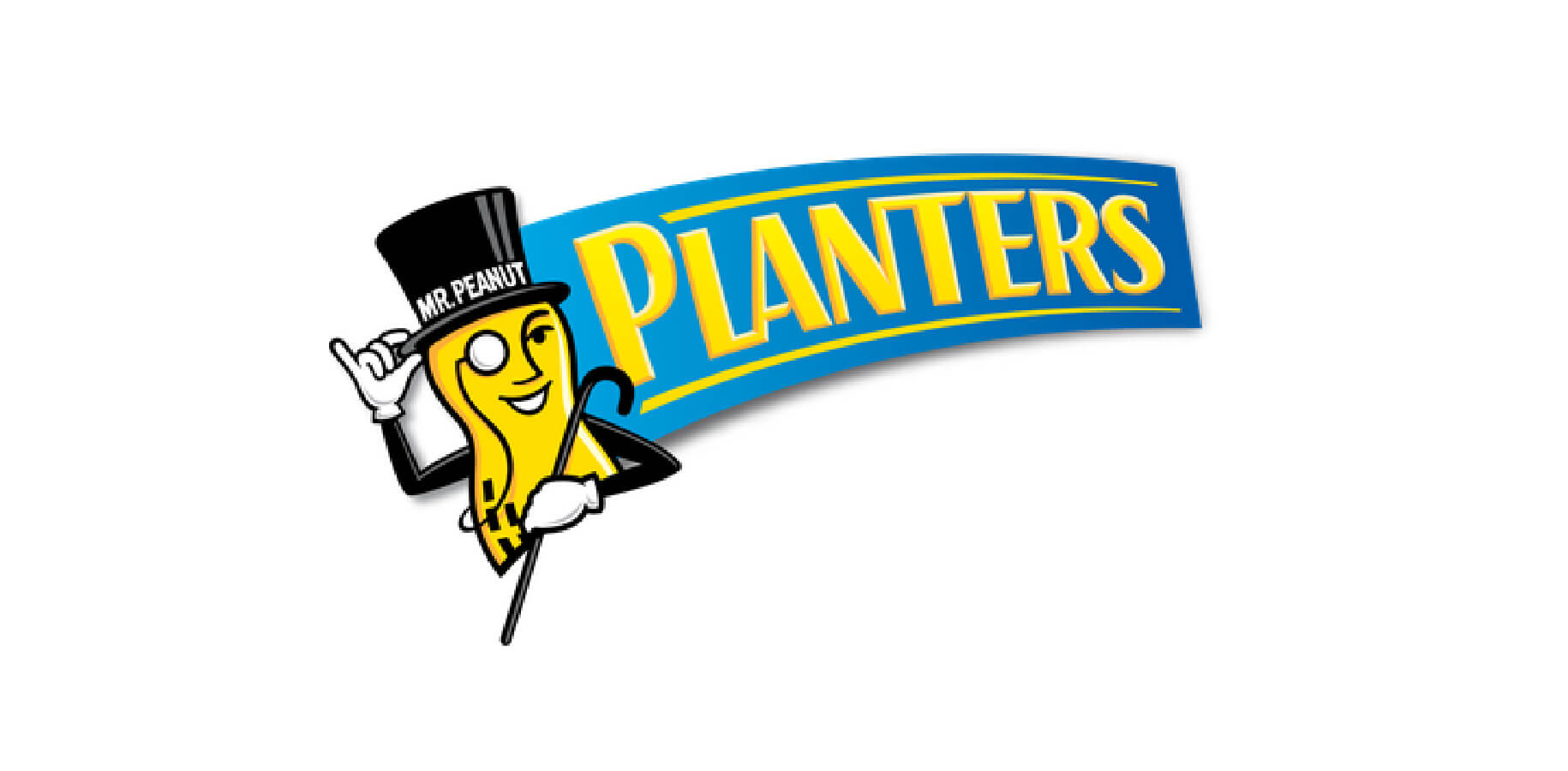
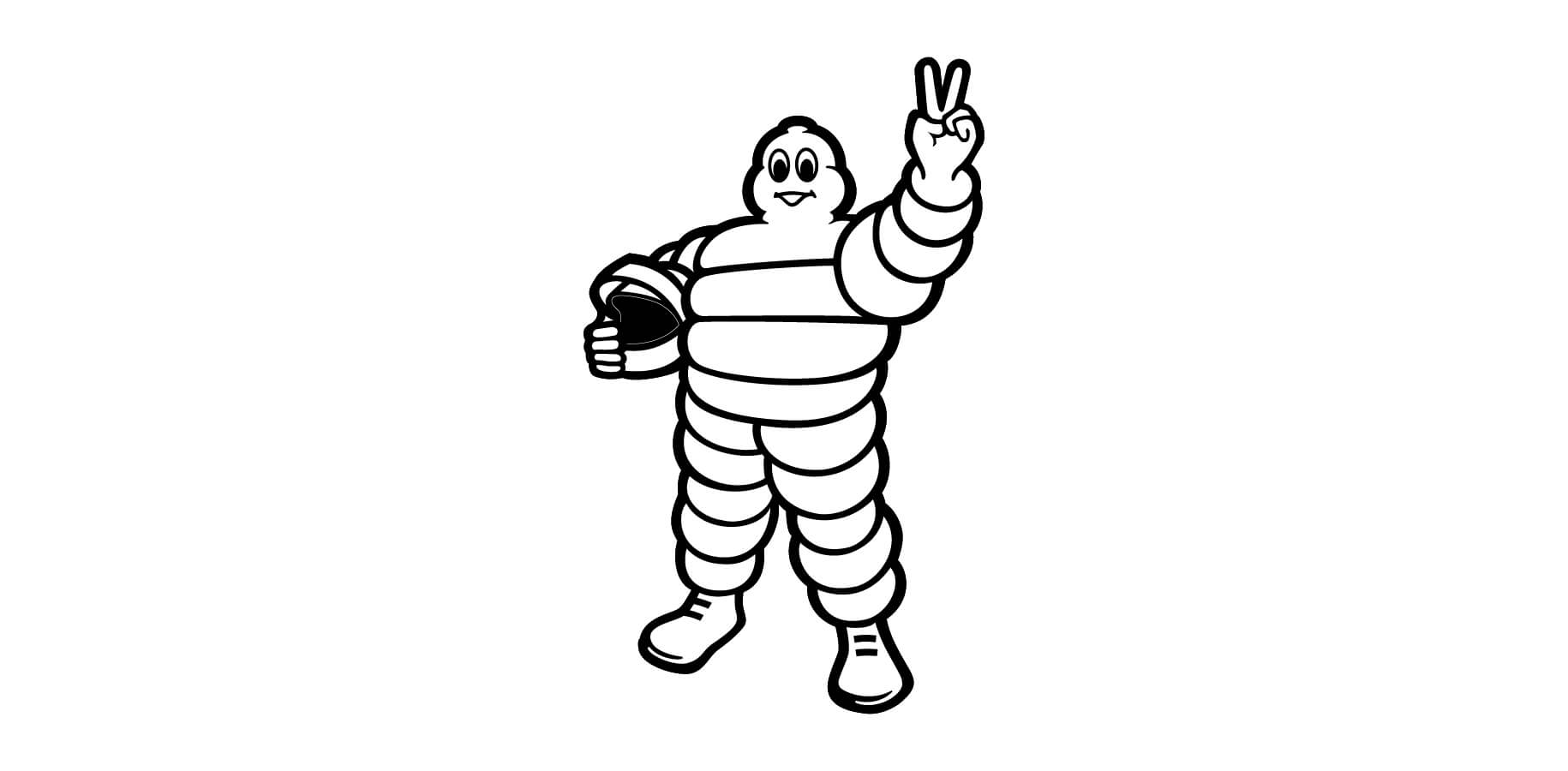
In short:
- Involves an illustrated character.
- Works great for family focused businesses.
- Can become the face of the brand and used in different ways.
Combination Mark

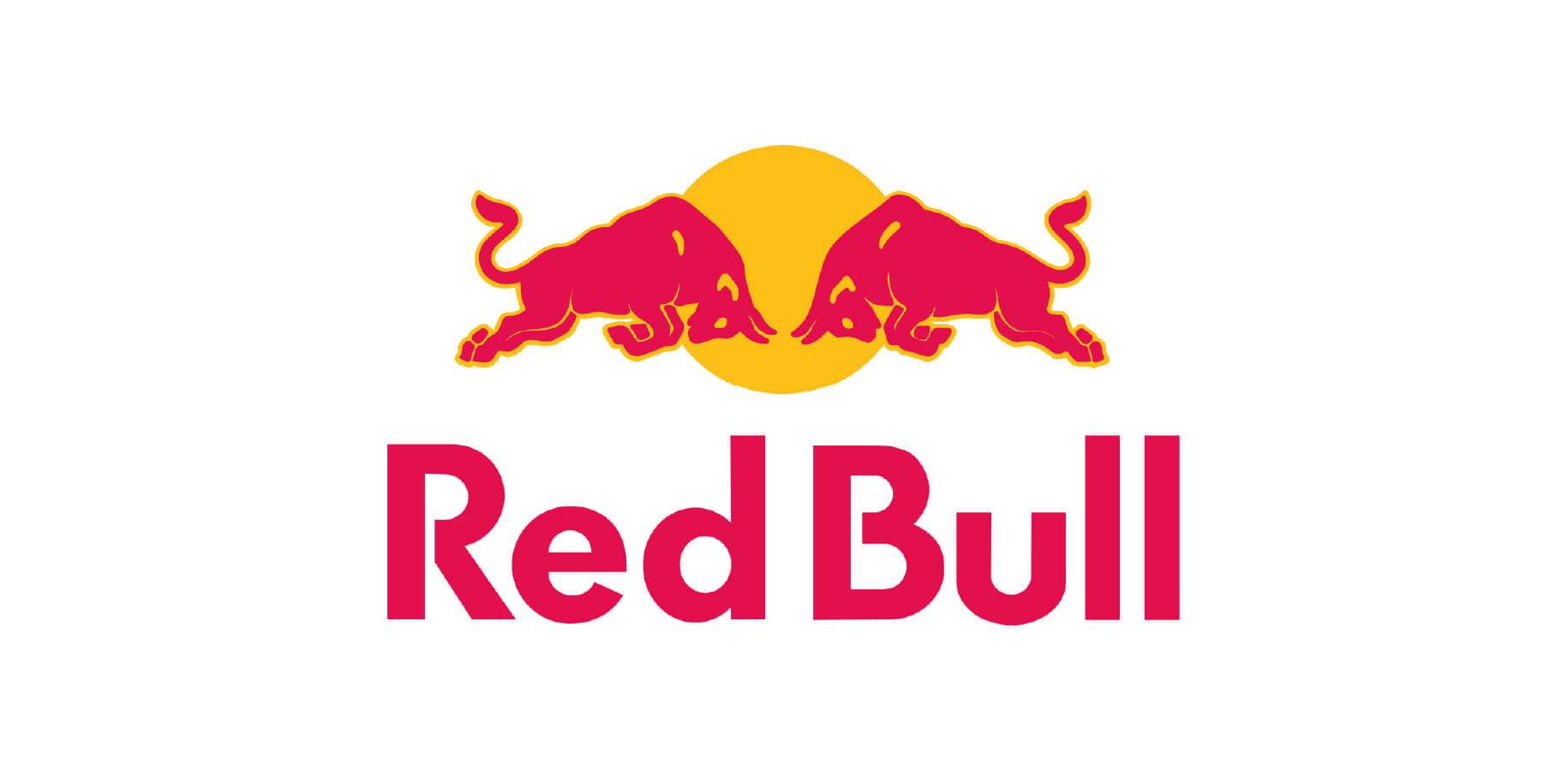
Combination marks are a combination of typographic and visual elements and are often considered as the ‘full version’ of a logo when a company uses a mark like this. In case a company works with a responsive logo system this would be the most extended version and due to extra elements they tend to work best on a medium to larger scale.


Using a combination mark as your main logo empowers both the name and the visual as it’s merged into one mark. All elements are working together to create a unique mark and gives it more creative freedom compared to using just your name set in a specific typeface or creating your own symbol. Both ways make it possible for another brand to create something, even unintentionally, that looks quite like your logo because it lacks unique elements. Combination Marks like Red Bull, Gatorade, Taco Bell and Post-it are leveraging the power of both visual and typographic elements and have become such powerful symbols.
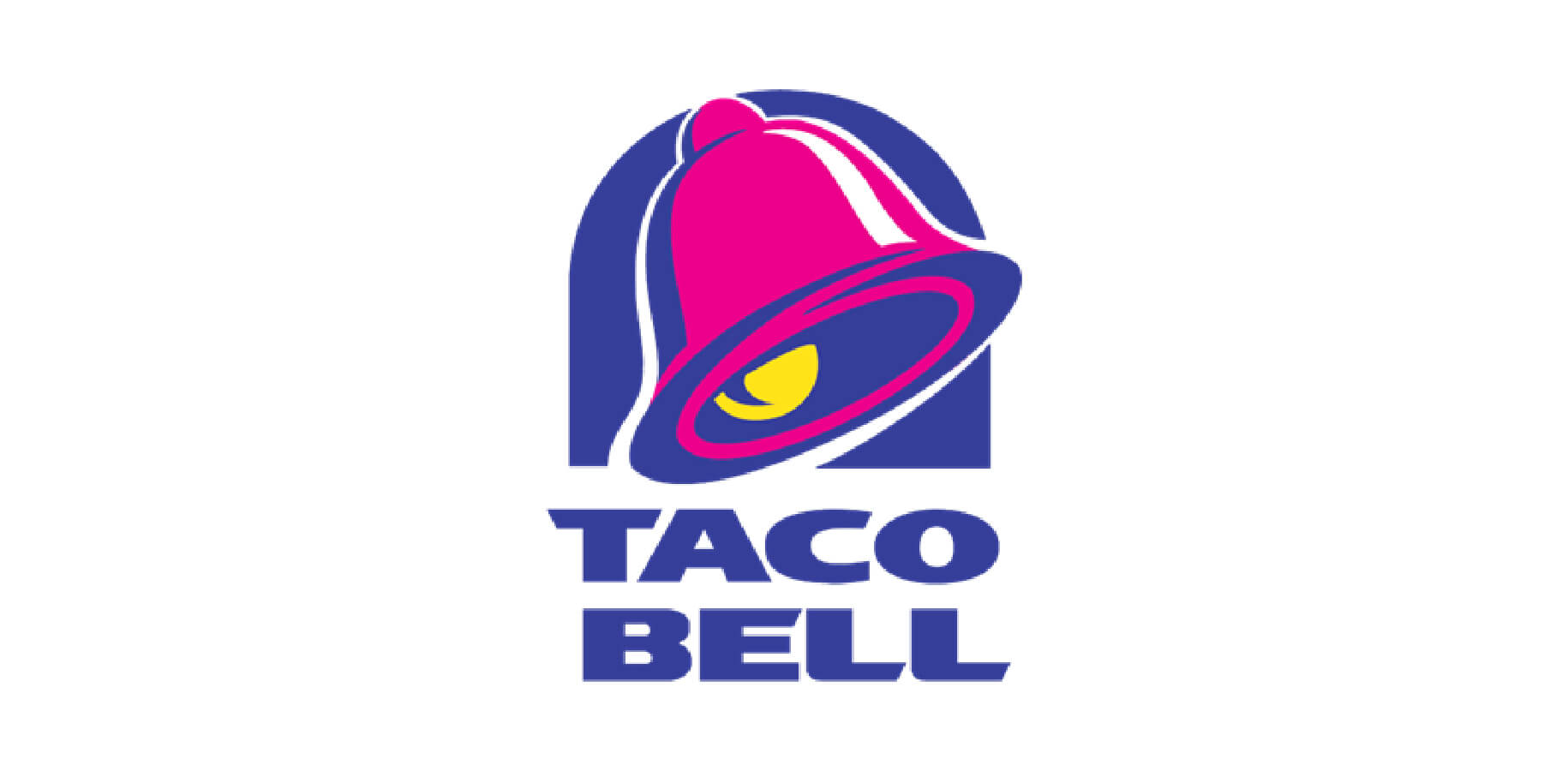

In short:
- A combination of typographic and visual elements.
- Elements work both ways to empower the mark.
- Could make the mark more unique and recognizable.
Emblem
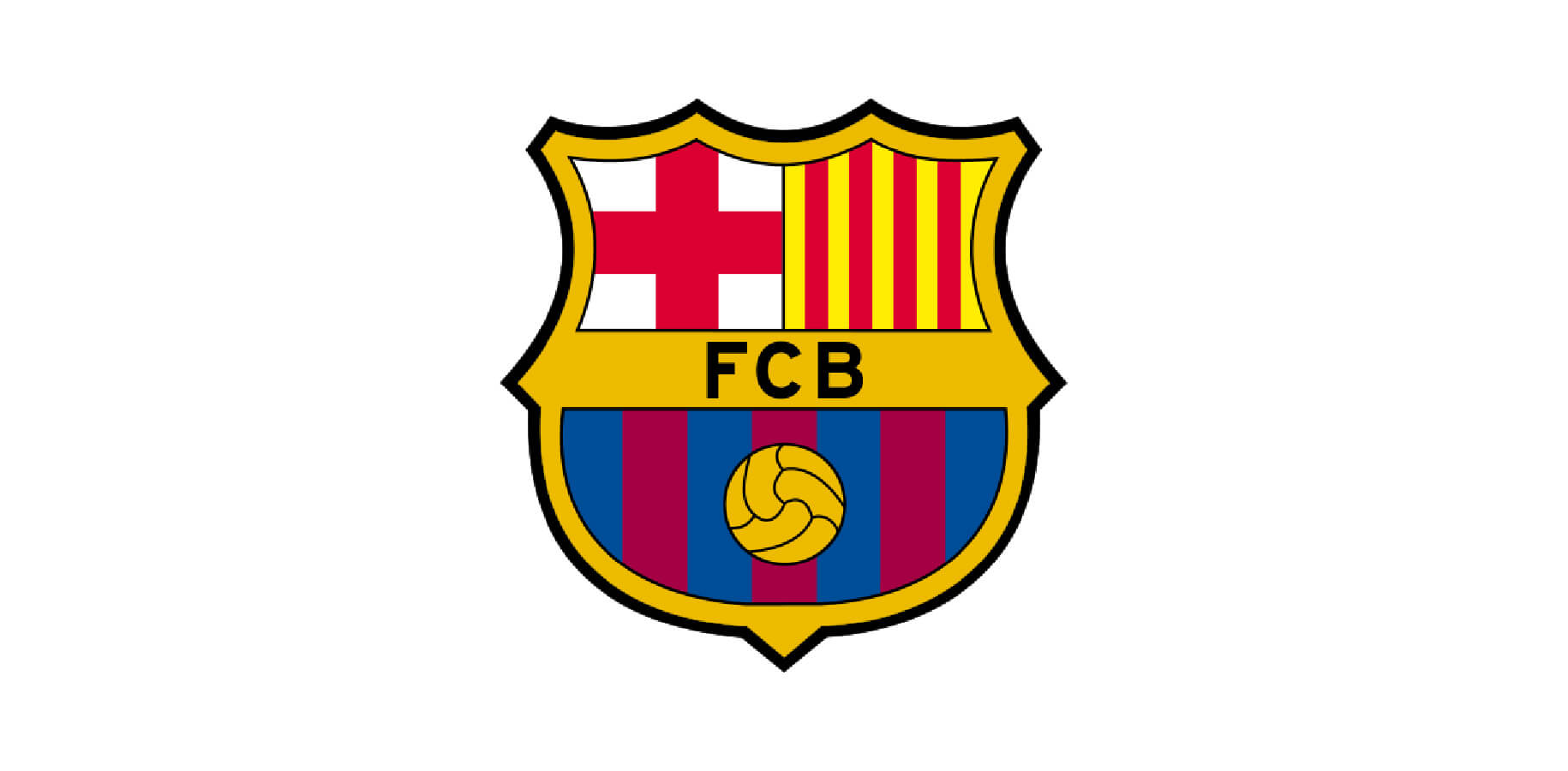
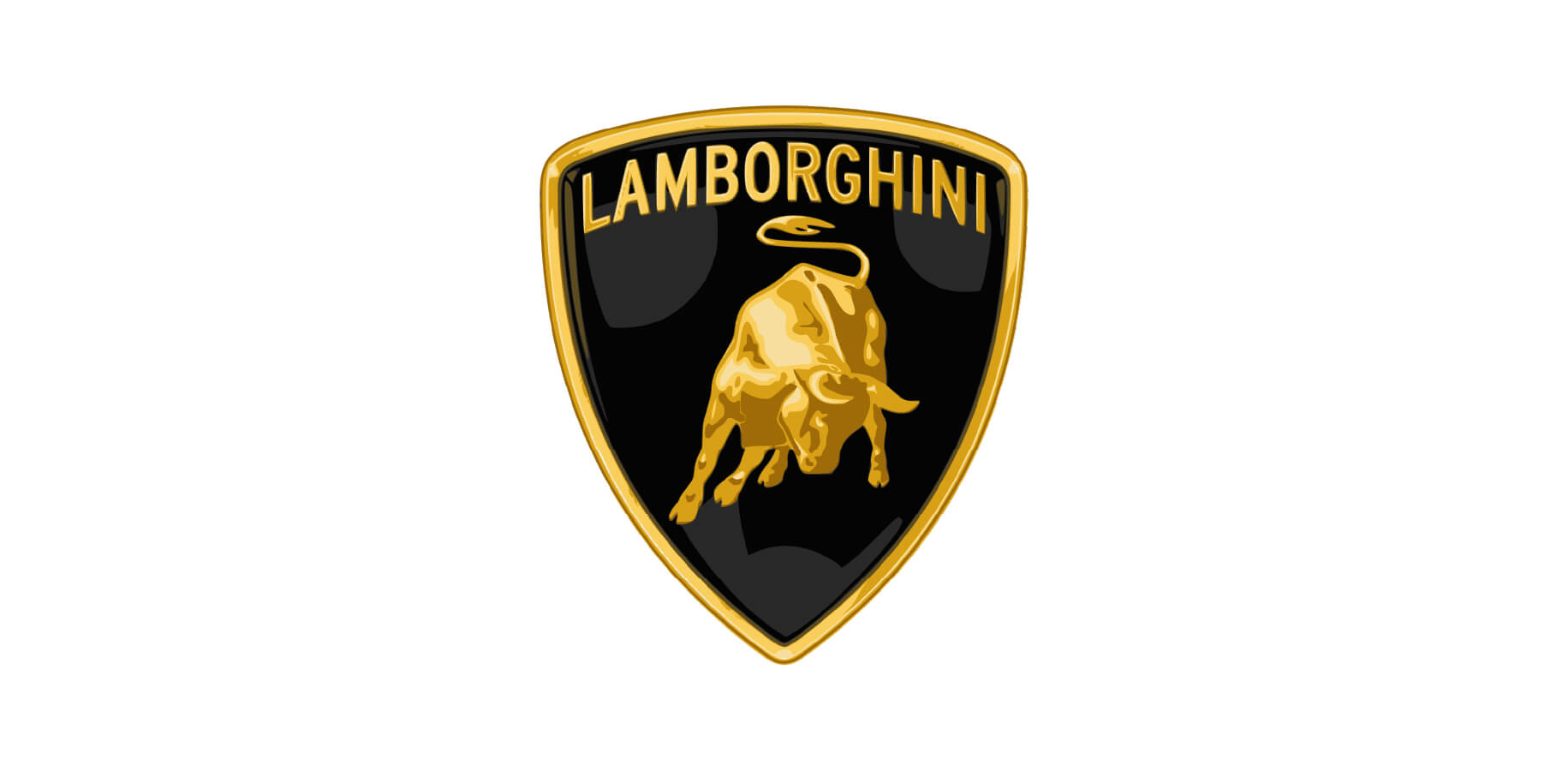
Using some sort of Crests, Badges or Seals, Emblem logos are considered to look trustworthy and established. It looks like they’re in business for quite a while now and for most of these famous Emblem logos that has been the case. The automotive industry loves using emblems as they tend to look great on their vehicles and became the go-to form of a symbol many years ago. Other types of brands and organizations like Universities, Sports Teams, Food & Beverage companies and Apparel brands have been using them for years as well and became a genre on its own.

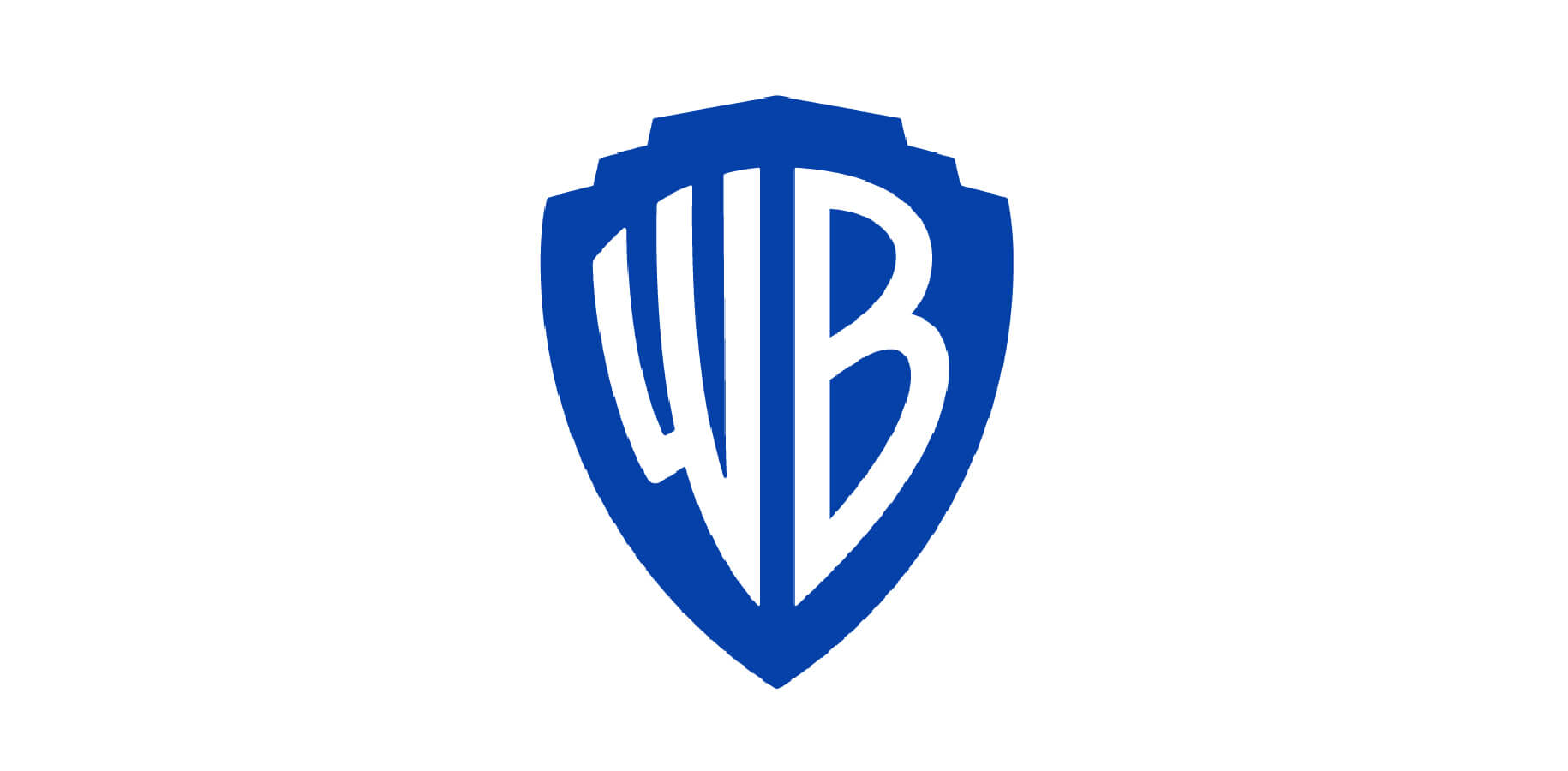
Since 2010 we saw an incredible uprise in designers creating badges and emblems for the sake of it and it hasn't stopped since. It’s a great way to place typographic and visual elements in a compact way that can be used in many ways, because when properly designed it can be slapped on different branding touchpoints like it’s a sticker. Some famous examples of emblems logos are Warner Bros, NFL, Converse, Lamborghini, FC Barcelona and Porsche.
In short:
- A combination of typographic and visual elements, set inside a crest, seal, badge or emblem.
- Easy to use due to its compactness.
- Widely used by different kinds of brands, often for their applicability.
There you have it, the 7 main types of logos to give you an idea of the meaning of each one and how these big brands are maximizing their branding and marketing efforts by leveraging recognizable marks to make it easier for them to be remembered by the customer.
A logo on its own won’t do much without the proper branding and brand identity. As the world of design is constantly moving we wanted to help you understand what the Biggest Graphic Design Trends for 2022 are and where the visual world of graphic design is heading.
And in case you want your logo being translated to print, like custom stickers for example, look no further. We are loved and praised for our quality and amount of printing options. You can either order custom stickers directly or start designing with our Jukebox Editor. That way you can easily design your next custom stickers with this online tool and order it once you’re done. It’s that easy!
Over the moon with the prints you received from us? We get that a lot and we would love to hear it. So don’t forget to use #Jukeboxprint or @Jukeboxprint so we can share it in our Stories!

